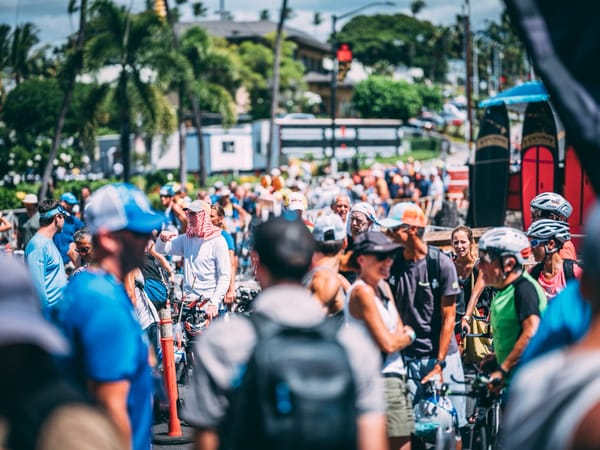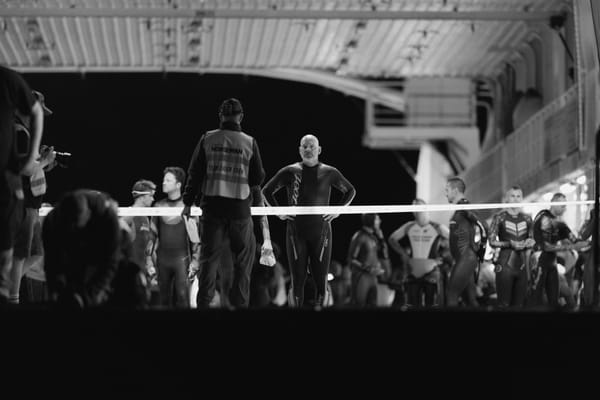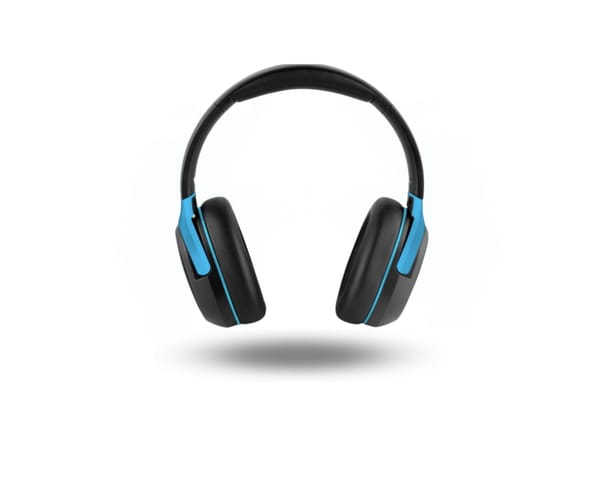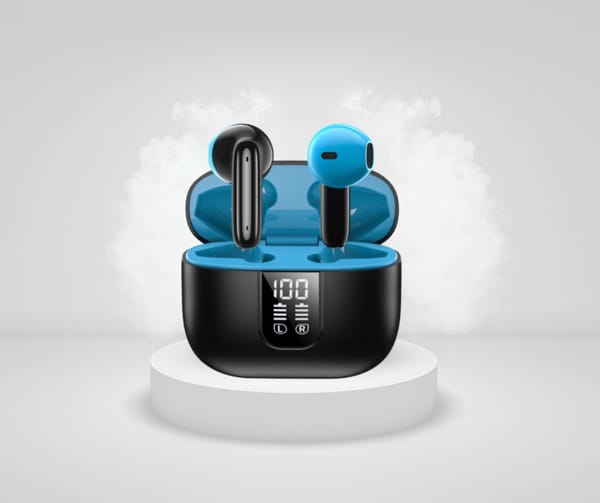Ironman Hawaii – Medical Tent Lessons from Dr Tamsin Lewis
Qualified for the Ironman World Championships in Kona, Hawaii this October? Or perhaps just interested in hearing some advice for racing in the heat. Dr Tamsin Lewis kindly shares with us a thorough look at how the hot conditions in Kona can wreck havoc not only with a person's race, but also
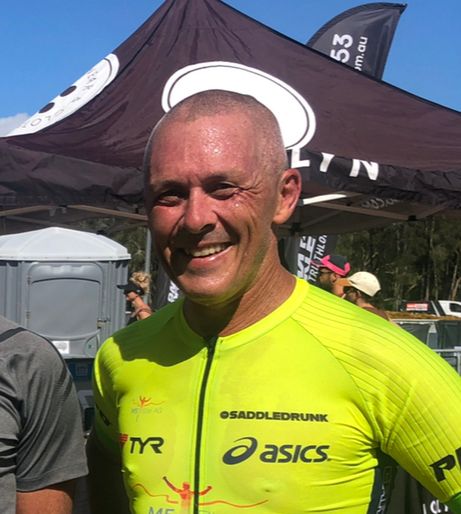
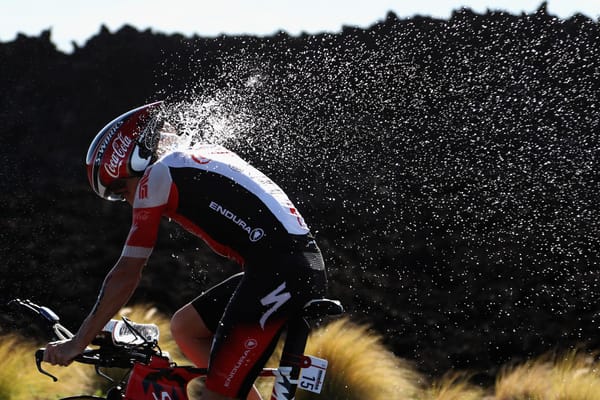
Qualified for the Ironman World Championships in Kona, Hawaii this October? Or perhaps just interested in hearing some advice for racing in the heat. Dr Tamsin Lewis kindly shares with us a thorough look at how the hot conditions in Kona can wreck havoc not only with a person’s race, but also with their physical health and safety.
Ironman Lessons From Kona
Every year in October, the Big Island, Hawaii sees thousands of the world’s best Ironman athletes descend on the town of Kona for The Ironman World Championships. The first ‘Ironman’ was held in Hawaii in 1978 and attracted only 15 competitors. The winning time of 11hrs.15m is a far cry from Craig Alexander’s 2011 Course Record of 8hrs 03 and shows how far the sport has evolved.
It is no secret that the Hawaii Ironman is a different beast from most races over the same distance. The stifling humidity and often brutally high temperatures are accompanied on some years by dangerous cross-winds on the bike which pose a number of logistical problems for even the most experienced athlete.
I have been in Kona twice now and witnessed different conditions both times. In 2010 as a supporter and medic I was allowed into the tent & was intrigued to see the number of athletes on IV drips, looking barely conscious. At this time, all had finished under 10hrs – a very respectable time in Kona, yet many could barely remember their own name. It had me thinking how much the body can do if the will is strong enough and I was keen to learn more.
I got speaking to the medical director and over the next year we had a number of email conversations about ironman medical research. In 2012, timings meant I had the chance to go to Kona again and I received funding to attend the Ironman Sports Medicine conference, which is held in race week. Here, some of the most informed sports medicine professionals from around the world presented the latest research. Those who follow me on Twitter would have sighed at my over-enthusiasm around this time as my timeline filled up with snippets of information gleaned from the conference. We also learnt first hand how to tackle the medical problems we would most likely see on race day.
Roughly 1,800 highly-trained Athletes take part in this event each year & 15-25% are seen in the Main Medical Tent
Doctors and nurses are assigned shifts in the tent, and I luckily received my preferred slot of 4-11pm. This meant I could watch the race unfold (on my bike!) and then make it to the tent to see the bulk of athletes in. The tent has senior charge docs through to medical students, & as I love teaching, I had a gaggle of students following me as the night wore on. In the following text I will share with you some of my experiences, what I learnt, and how it applies to you, the athlete.
Doctors and nurses are assigned shifts in the tent, and I luckily received my preferred slot of 4-11pm. This meant I could watch the race unfold (on my bike!) and then make it to the tent to see the bulk of athletes in. The tent has senior charge docs through to medical students, & as I love teaching, I had a gaggle of students following me as the night wore on. In the following text I will share with you some of my experiences, what I learnt, and how it applies to you, the athlete.
Key Lessons
Racing in the heat is different to racing in temperate conditions. Heat exhaustion is one of the most common complaints in the medical tent in Hawaii.
Early warning signs of impending heat stroke may include irritability, confusion, apathy, emotional instability, or irrational behaviour. Giddiness, undue fatigue, and vomiting can also be early signs, (heat exhaustion is what Paula Newby Fraser famously exhibited in the finishing miles of the ’95 ironman Hawaii).
- Get lean – Fatter athletes are prone to heat stroke. Extra fat is an extra load, increasing exertional heat production.
- Nutrition – calories, salt, fluids
Many of the athletes in the medical tent got some aspect of their nutrition wrong which meant they lost a lot of weight (water and fat) – some up to 8kg. Records show that the stronger the winds at Hawi (key part on bike course) on race day – the higher the number of med tent admissions.
Why?
In windy conditions, athletes typically hold onto their bikes more, tense up, use more energy & forget to eat & drink. So energy output is higher but input is insufficient. Inadequate calories in on the bike, comes back to bite you on the run at which time its often too late.
Solution
- FUEL/HYDRATE on Bike (find out what works for you by practicing!). Don’t overdo it – but different formulas work for different folks. You will be sparing your glycogen stores for when you really need them on the marathon. Get a drinking system with a tube on your aerobars so it is in front of you and doesn’t require hands off bike.
Generally speaking endurance training makes the body more efficient at burning fat as a fuel to higher relative heart rates (than when untrained)..So spare your glycogen further by
- PACING yourself on the bike to an accustomed intensity in which you fat burn more. Remember heart rate in un-acclimatised athletes will be higher for same effort/power output in ‘home’ conditions, and thus more carbohydrates will be consumed.
Dehydration
Athletes in the heat can sweat 2-6 L an hour, and most athletes drink less than they sweat. The result is dehydration. Dehydrating only 2% body weight can impair physical performance (Walsh et al.1994). Dehydration increases heart rate and decreases cardiac output. Perceived exertion of the work increases as dehydration drains mental sharpness and willpower along with muscle power and endurance. Dehydrated athletes also heat up faster (Latzka & Montain, 1999).
Fatter athletes are prone to heat stroke. Extra fat is an extra load, increasing exertional heat production.
Train as you race
In peak training season allocate one session a week to practicing race nutrition. The Gut is an athletic organ and can be trained as you would your leg muscles. Any endurance athlete knows that working out a nutrition strategy is mandatory for race day. How many actually regularly trial it in race stimulated sessions?
2011 Ironman World Champion Mirinda Carfrae had a disasterous race (despite supreme fitness) at the 70.3 World Champs as she was trialling a new nutrition strategy which involved high carb intake. Her gut rebelled just as your legs would if you continually push them over threshold pace.
Stomach emptying is slowed by dehydration, hyperthermia and calorie overload. Often the best way to reduce discomfort is to drink plain water for a while.
Acclimatisation
Following on from training as you race. This is the most difficult one for the time-starved age-grouper to achieve as many fly in a few days before the race. However, there are many ways to simulate race conditions. Stories of 3-5hours turbo trainer sessions in steamed up bathrooms abound in Kona.
Acclimation, much of which occurs in 1-2wks, leads to better drinking and the body holds onto water and salt, increasing blood volume so the heart pumps more blood at a lower heart rate. Heat-fit athletes also sweat sooner (but weaker concentration) in greater volume, and over a wider body area, so they stay cooler.
Exercise causes reduced blood flow to the gut. Blood is diverted away to the working muscles and to maintain brain blood flow. Exercising in the heat reduces gut blood flow EVEN FURTHER as blood is diverted to the skin to allow radiant heat loss.
Every year I hear alarming stories from medics of athletes who go so far as to have (what is effectively) a heart attack in the gut. The gut becomes so starved of oxygen that it dies. This is preventable by training your gut to take on food/fluid whilst you exercise – acclimatising to race conditions, and being sensible with fluid intake.
This year a female had a seizure in the medical tent. She was transferred to the local hospital as an emergency. Her story was as follows:
She did not urinate after about from 6am to – 1 hour into the run (approx. 9 hours) and was taking a custom hydrating solution and salt tablets, (but little water) Experiencing what she described as acid reflux and spitting with deep gut intermittent lower abdominal pain, she still managed to finish with a 4:18 marathon but then experienced “massive gas” and uncontrollable diarrhoea shortly after crossing the finish line. She presented to the medical tent and, after rest, IV fluids and PO chicken soup was discharged from the tent. When her symptoms resumed she returned to the med tent about 1 1/2 hours later, and began fitting. Her sodium level was low.
Her diagnosis was severe intestinal ischemia (dying gut) and she spent the night in intensive care. Thankfully she made a full recovery.
Practical Tips
Avoid the 3 B’s: Bloating, Burping, & Barfing
Be physically prepared for your race.
- Get acclimatised
- Stay hydrated & fuelled
- Stay cool
- Drink/eat small quantities frequently
- Don’t over-do it (reduce intensity until symptoms desist)
- Calorie intake between 200-400 kcal/h (as per body weight)
- Fluid intake to minimize weight loss
- Train to eat & drink whilst exercising
- Avoid high-fiber foods before exercise (esp. 48 hours before racing)
- Start exercise with empty bladder & colon.
- Start exercise with some fluid in the stomach
- Minimise/avoid NSAIDs (ibuprofen/aspirin/voltarin/voltarol) – Irritate Gut.
For persistently symptomatic athletes
- Reduce exercise intensity
- High-fat foods post-exercise (full fat milk.. calms gut)
- Eat foods high in nitrate (beets, dark leafy veg)
- Try glutamine, citrulline, or arginine (amino acids)
Preparation is everything. Do not try anything new on race day.
Pro Tip: I always take an acid inhibitor on race morning before breakfast. Omeprazole 10-20mg or Zantac (ranitidine) 15-30mg (can buy over the counter now). All the gels & carb solutions we consume throughout the race serve to increase the acidity of the gut, which is already acid through the effects of exercise. This medication without doubt helps many GI issues experienced by athletes during and after the race.
Always – Check for interactions if you are on other types of medication first.
Salt: Controversial one this. Generally speaking under-replaced in a hot, humid Ironman. Many medical tent admissions had low sodium, through insufficient replenishment. Note amount of salt secreted in sweat is reduced as an effect of acclimatisation. Salt (sodium chloride) levels in the blood help to maintain blood pressure (through osmosis). If salt levels drop, so does blood pressure and cardiac output (Heart Rate x blood Volume ejected per beat) can fall as a result, dramatically impairing performance. The body compensates in many ways, but compensation can only last so long.
Pro Male Athlete (75kg) Kona simulation in Lab.
• 2-hr run; 2-h bike
• Mimic Kona clime
• Lost 8.8 L sweat
• Drank 5.5 L fluid
• Lost 3.8% body wt
• Lost > 25 g salt
Cramping: There are many causes! Crampers to be more dehydrated when tested. But this does not mean dehydration causes cramps – but it can be a factor.
Clues to Salt Depletion – warning signs for athletes:
- Salt on your skin
- Your sweat…
- Burns eyes
- Stings abrasions
- Tastes salty
- Heat cramping
- Dizzy standing up
Lesson is – most athletes don’t take enough salt for the conditions, experiment with more. (e.g at times of heavy sweating – long turbo session anyone?! Always take enough water too to balance). Take more salt in foods leading up to the race.
Magnesium: Many of us are deficient in this key nutrient (and it is difficult to accurately test). Try taking some extra magnesium in your diet, either a supplement or increase dietary intake of nuts, figs and pumpkin seeds. Magnesium has been shown in some studies to increase exercise performance generally, and it is no surprise it is included in popular sports products like Xtreme Endurance.
Triathlon Moralities: Many of you will have heard of triathlon deaths in the media. The majority of these (and it is still a very small number) occur in the swim portion of the event. Causes of death often remain unknown but the following have been implicated: 56% of triathlete deaths have a cardiac cause: (of these – 44% are structural abnormalities of heart muscle – 17% related to the arteries supplying the heart) 25% from trauma and the rest a range of causes to the unknown.
Minimising risk: The obvious – prepare for the event and be realistic with goal times.
Swim: Face immersion without competition stress. In event of panic attack, back float and signal for help until normal breathing is restored.
Ill-defined seizures or deafness see your physician for a full physical. If there is any history of heart problems in your family – Get an ECG and interpretation by a cardiologist. If you have a cardiac condition – get checked frequently. Remember Hawaii is not the only hot and humid race. Conditions in Nice, Vichy, Arizona and Vegas (to mention only a few) pose similar challenges.
Be safe out there!
Below is a video I made in 2010 where Team Freespeed Athlete Declan Doyle pays a trip to the medical tent. His version of events is here.



